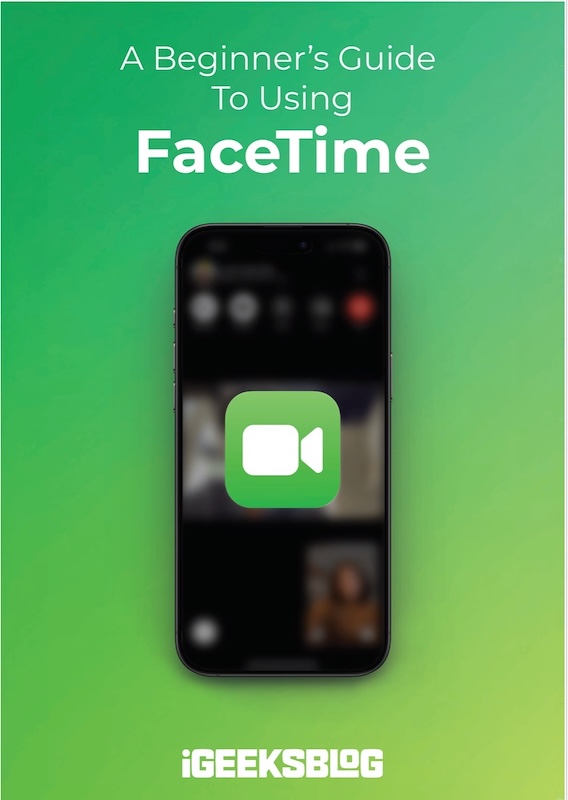
FaceTime Like a Pro
Get our exclusive Ultimate FaceTime Guide 📚 — absolutely FREE when you sign up for our newsletter below.

FaceTime Like a Pro
Get our exclusive Ultimate FaceTime Guide 📚 — absolutely FREE when you sign up for our newsletter below.
See how Apple Watch’s new Adaptive Power mode, now for Kids’ models, conserves battery by adjusting performance, keeping the device running longer.
Apple is quietly extending its Adaptive Power mode beyond the iPhone, with the Apple Watch now benefiting from the feature as well. However, this update comes with a caveat: the battery-saving function is currently activated only on children’s watches configured through Apple’s Family Setup—now rebranded as Apple Watch for Your Kids.
In watchOS 26, any compatible Apple Watch set up for a child will have Adaptive Power enabled by default. This setting aims to prolong battery life by making minor compromises in performance. According to Apple, users may notice slightly delayed Siri responses, and animations and scrolling might not be as smooth as before. How frequently these slowdowns will occur isn’t specified, but the goal is to extend battery life in everyday situations.
For parents wanting to prioritize speed over conservation, they can disable this feature by navigating to Settings, selecting Battery, and then Adaptive Power on their child’s watch. It’s crucial to note that this option is available only on Apple Watch models configured through Apple Watch for Your Kids, which necessitates a cellular-capable device.
Adaptive Power debuted on the iPhone with iOS 26 for the iPhone 15 Pro and newer models. On iPhones, the feature operates differently. It slightly dims the display, allows certain tasks to take additional time, and automatically switches to Low Power Mode when the battery dips to 20%. For the latest iPhone 17 series and iPhone Air, it’s enabled by default.
Conversely, the Apple Watch version focuses on nuanced performance adjustments rather than display changes. This could be notably beneficial as kids often use their watches unpaired with an iPhone, making these tweaks helpful for maintaining charge through the day.
Apple’s decision to integrate Adaptive Power more broadly underscores a shift toward an overarching battery strategy across its products. By incorporating it into the Apple Watch, albeit initially for kids, Apple signals that extending battery life is just as critical for wearables as it is for smartphones. This development also offers a glimpse into Apple’s possible future approach to energy management across its device lineup, leaning towards background optimizations over tasking users with manual settings adjustments.
Does this approach resonate with you? Feel free to share your thoughts below.